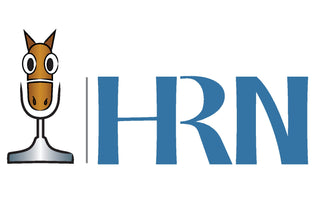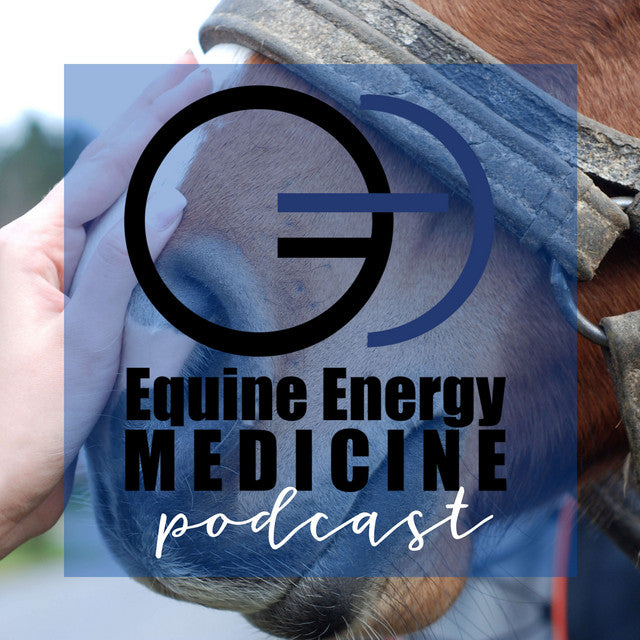As winter fades and warmer days approach, horse owners across the U.S. begin the transition into spring. The arrival of lush pastures, unpredictable weather, and increased daylight hours brings both excitement and challenges. While horses may be eager to stretch their legs and graze on fresh grass, this seasonal shift requires careful management to ensure their health and well-being.
Spring presents a range of potential risks, from colic due to dietary changes to the development of laminitis from rich pasture growth. Temperature fluctuations can also affect blanketing decisions, hoof health, and hydration levels, making it essential for owners to adjust their horse care routines accordingly.
By taking proactive steps, you can safely transition your horse into spring, ensuring they remain healthy, comfortable, and ready for the season ahead.
Managing the Transition to Spring Grass
One of the biggest changes horses face in spring is the sudden availability of nutrient-rich grass. While this may seem like a welcome treat, lush pasture growth can pose serious health risks, particularly for horses prone to metabolic conditions or digestive issues.
Horses that have spent the winter on a hay-based diet need time to adjust their digestive systems to fresh forage. Rapid introduction to high-sugar spring grass can trigger laminitis, colic, or excessive weight gain, making it crucial to manage grazing carefully.
To reduce the risk of complications, reintroduce grass gradually. Start with short turnout sessions of 15 to 30 minutes per day, slowly increasing the duration over a two-to-three-week period. Providing hay before turnout can help prevent overconsumption, while the use of grazing muzzles can help control intake for horses at risk of metabolic disorders.
For those with insulin resistance or a history of laminitis, restricted turnout in a dry lot or track system may be the safest option. Testing pasture sugar levels and managing access during times of highest sugar concentration - typically in the morning - can further reduce risks.
Preventing Colic During Seasonal Changes
Colic is a serious concern during seasonal transitions, as horses experience changes in diet, hydration, and activity levels. The shift from dry winter forage to moist, nutrient-dense pasture can disrupt gut motility, leading to gas colic or impactions. Temperature fluctuations in early spring can cause inconsistencies in water intake, increasing the likelihood of dehydration-related colic.
To help prevent digestive issues, ensure your horse maintains consistent hydration levels. Providing clean, fresh water at all times is essential, and in some cases, adding electrolytes to their diet may encourage better drinking habits.
For horses that have been on a grain-based diet throughout the winter, reducing concentrate intake as pasture time increases can also help balance gut health.
Regular fecal egg counts should be performed in early spring to determine deworming needs, as parasite burdens tend to rise with increasing temperatures and pasture exposure. Keeping pastures clean and rotating grazing areas can further help minimize parasite risks.
Adjusting to Spring Weather Changes
Spring weather is notoriously unpredictable, with temperatures fluctuating from warm, sunny afternoons to cold, rainy mornings. This inconsistency makes blanketing decisions, hoof care, and shelter management more challenging.
As the days become warmer, horses naturally begin to shed their winter coats. Regular grooming can speed up shedding and improve circulation, keeping your horse comfortable as they transition to their summer coat. A shedding blade or curry comb used daily can help remove excess hair and reduce the risk of skin conditions such as rain rot or fungal infections.
Blanketing should be adjusted based on nighttime temperatures rather than daytime highs. A lightweight or waterproof turnout sheet may be beneficial on rainy days, but overheating can be a concern if horses are over-blanketed as temperatures rise. For horses with a thicker winter coat, checking for sweat buildup underneath blankets can help prevent overheating.
Spring rain also increases mud accumulation, which can lead to hoof problems such as thrush and abscesses. Ensuring horses have access to dry standing areas and regularly cleaning hooves can help prevent moisture-related infections. Scheduling a farrier visit early in the season is recommended, as hoof growth typically accelerates with increased grazing and improved nutrition.
Adjusting Feed and Nutrition for Spring
As pasture quality improves, many horses require dietary adjustments to balance their nutritional intake. Horses that rely on grain-based feeds in winter may need their concentrates reduced or eliminated altogether as pasture becomes their primary forage source.
It’s important to monitor body condition scores throughout the season, as some horses may gain weight quickly on spring grass, while others may struggle to maintain condition with increased exercise and metabolic shifts. Providing free-choice salt or mineral blocks ensures that horses receive the necessary electrolytes, particularly as temperatures rise and sweating increases.
For horses in moderate to heavy work, supplementing with omega-3 fatty acids can promote coat health and joint function. Digestive supplements, including prebiotics and probiotics, can also help support gut health during seasonal dietary transitions.
Talk to a registered Equine Nutritionist or your vet to decide what’s best for your horse!
Spring Training and Conditioning
For many horses, winter means a break from consistent riding, leading to muscle loss and reduced fitness levels. Jumping straight into intense spring training can increase the risk of injuries and stiffness, making it crucial to ease back into work gradually.
A structured conditioning program should start with light groundwork, slow hacking, and progressive strength-building exercises. Hill work, ground poles, and long, slow trots are excellent ways to rebuild fitness without putting excessive strain on joints and tendons.
Proper warm-ups and cool-down routines are essential, particularly during chilly spring mornings when muscles are more prone to stiffness. For older horses or those prone to joint discomfort, incorporating joint supplements, massage, or stretching exercises can help improve flexibility and comfort.
Final Thoughts: Setting Your Horse Up for a Healthy Spring
Preparing for spring is about balance, ensuring your horse enjoys the benefits of fresh pasture, improved weather, and increased activity while avoiding the potential health risks that come with seasonal changes.
By gradually adjusting to spring grass, managing weather fluctuations, maintaining proper nutrition, and implementing a thoughtful conditioning plan, you can help your horse transition safely and successfully into the new season. With careful management, spring can be one of the most rewarding times of the year for both horses and their owners!














































